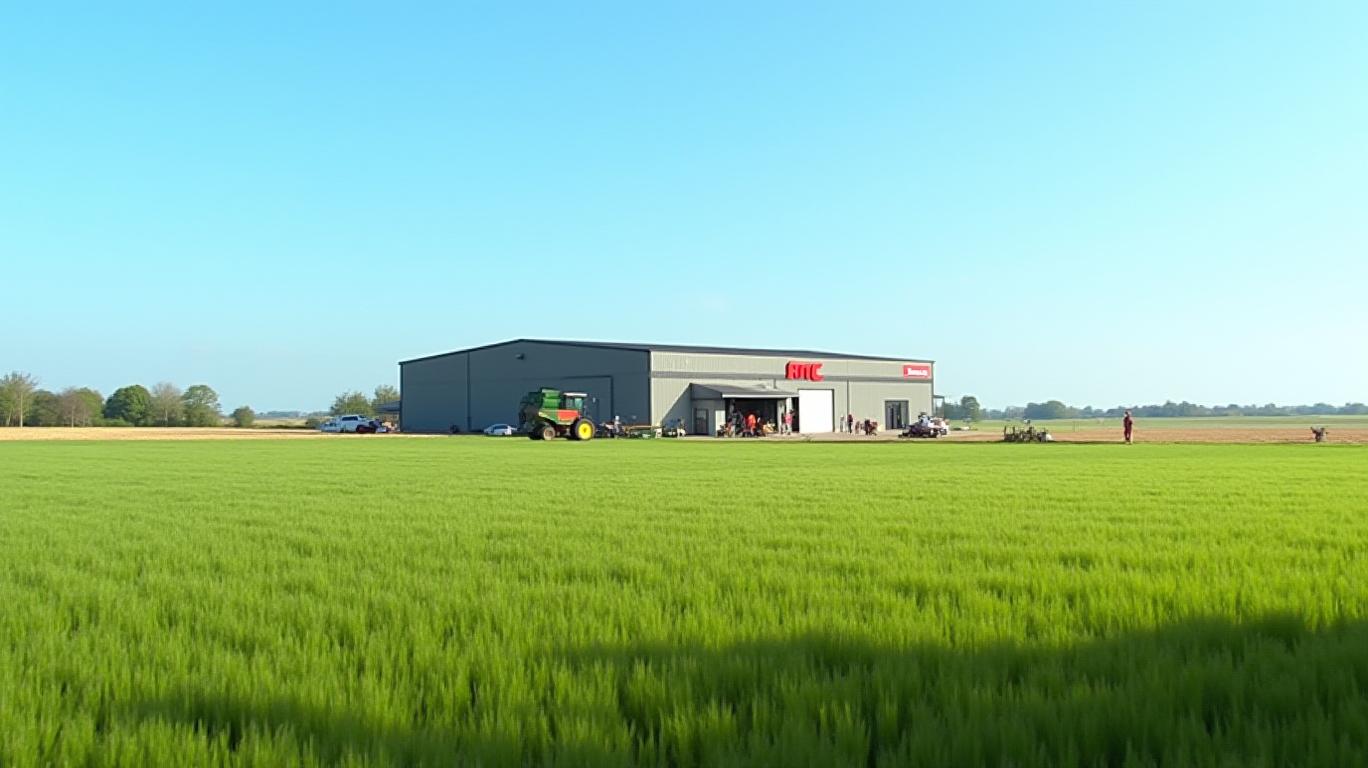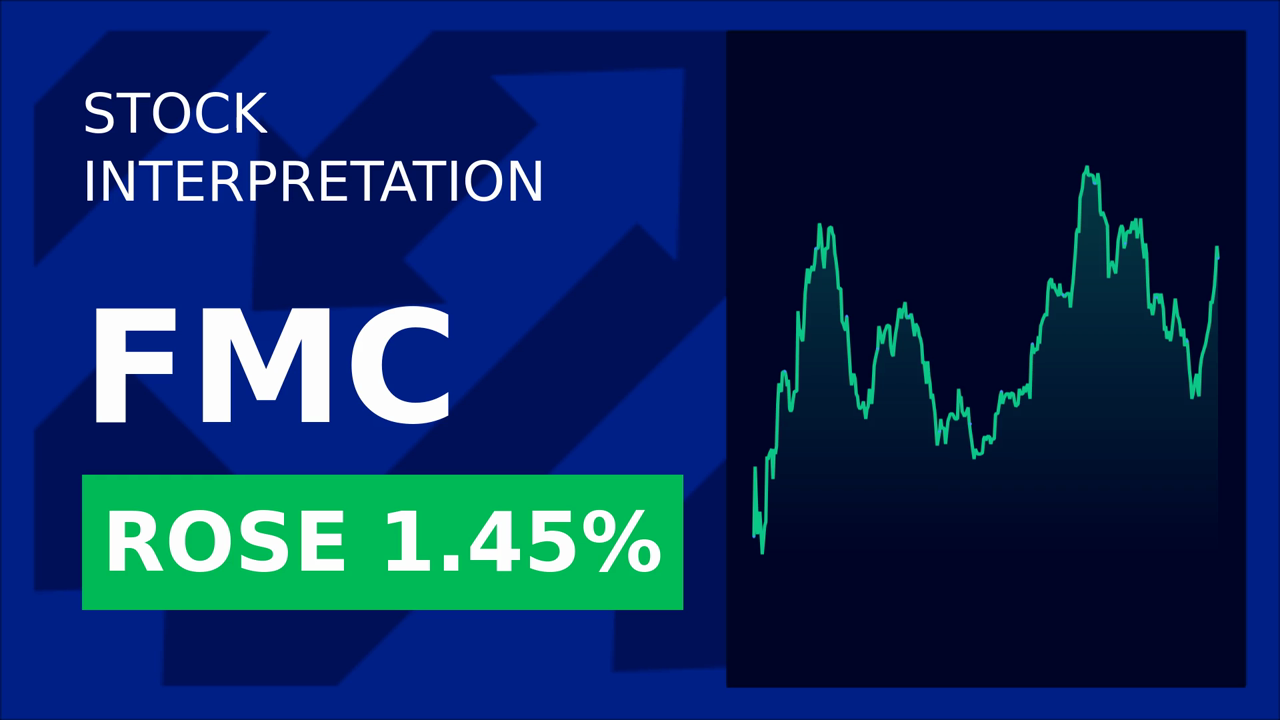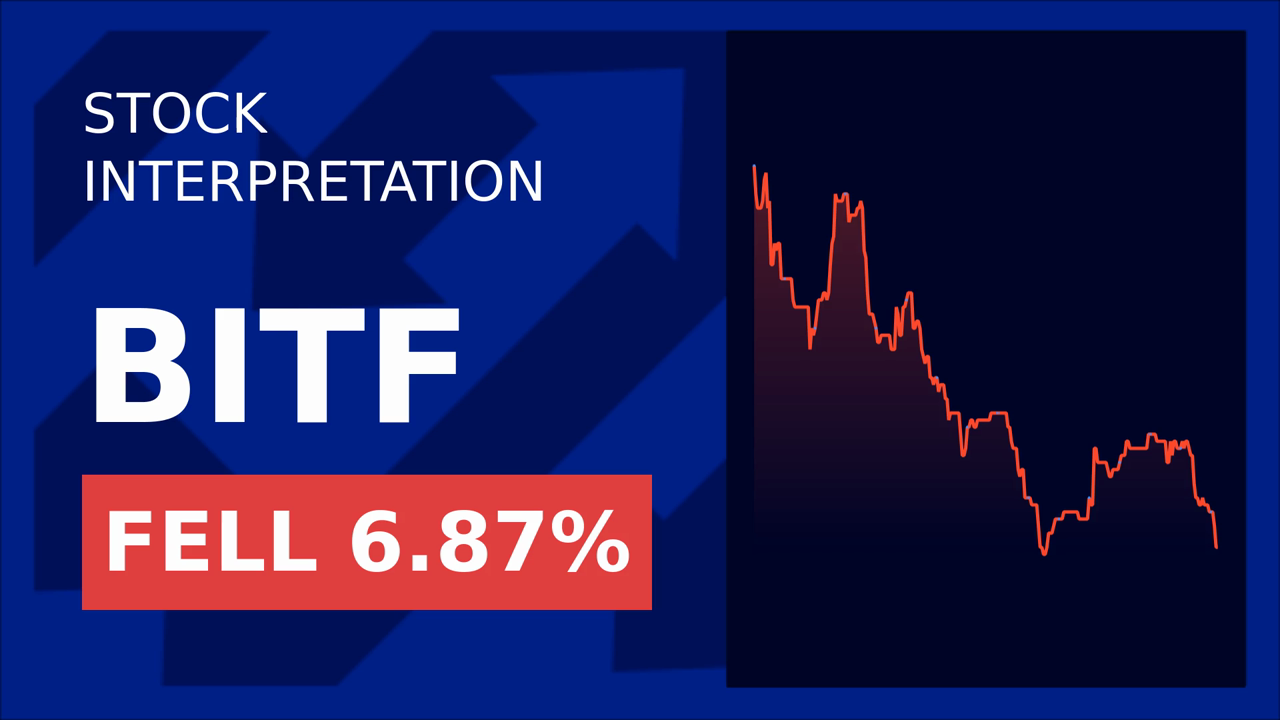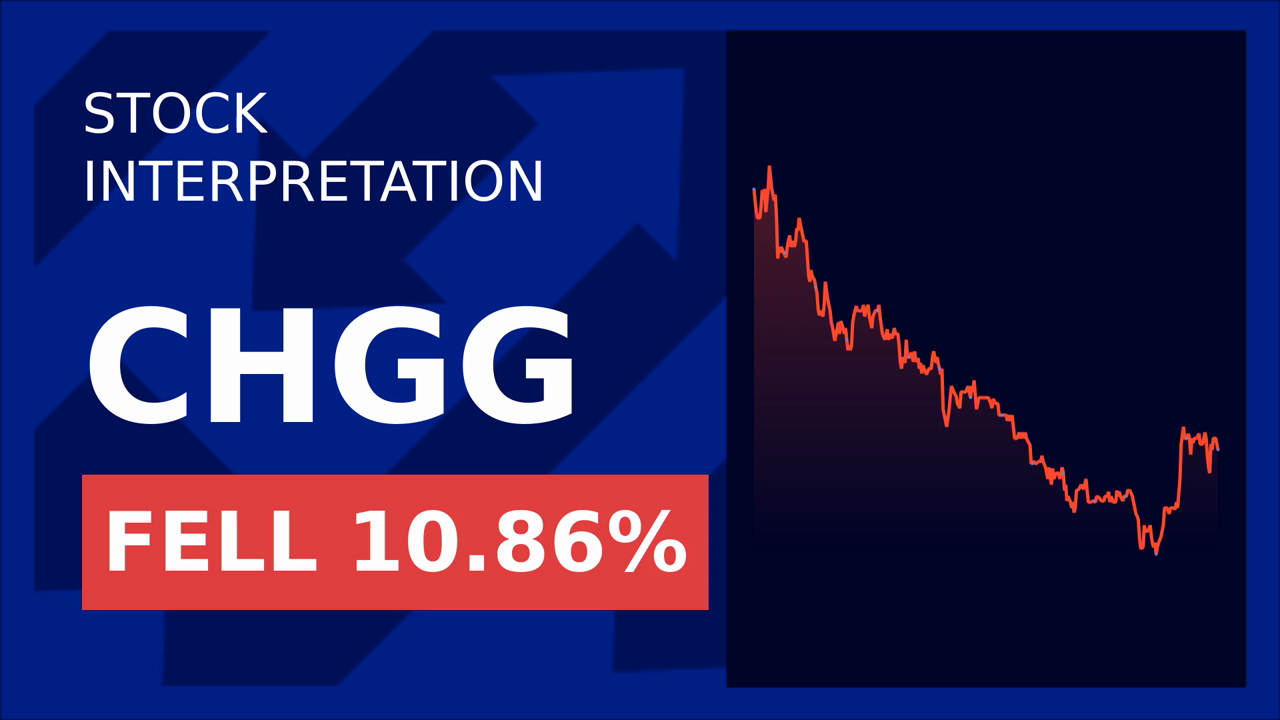Why FMC Corporation's Stock Dropped 6%: A Deep Dive into the Challenges Ahead
On May 2, 2025, FMC Corporation’s stock plummeted 6.31% to $39.27 in after-hours trading following the release of its Q1 2025 earnings report. The decline reflects investor skepticism about the agrochemical company’s ability to navigate a combination of near-term headwinds, including pricing pressures, foreign exchange volatility, and strategic execution risks. Below is an analysis of the key factors driving the sell-off—and what they mean for FMC’s future.

1. Revenue Decline: A Top-Line Crisis
FMC reported a 14% year-over-year drop in Q1 sales to $791 million, far below consensus expectations. The decline was driven by:
- Pricing pressures: A 9% drop in average selling prices, primarily due to cost-plus contract adjustments with diamide partners to reflect lower manufacturing costs.
- Foreign exchange headwinds: A 4% drag from a stronger U.S. dollar, particularly in Latin America and EMEA.
- Volume declines: A 1% reduction in product sales, partly intentional as FMC reduced channel inventory to align with grower demand.
The weak performance was exacerbated by regional underperformance:
- North America: Sales collapsed by 28%, as U.S. retailers and farmers delayed purchases amid low commodity prices and trade uncertainties.
- Asia and EMEA: Sales fell 21% and 7%, respectively (excluding currency impacts), with Asia’s decline tied to strategic destocking and EMEA’s to the loss of registrations for key herbicides like Triflusulfuron.
- Latin America: Despite a 17% sales growth (excluding FX), the region’s resilience was overshadowed by broader concerns about Brazil’s competitive dynamics and currency volatility.
2. Investor Sentiment: Guidance Misses and Near-Term Risks
FMC’s flat full-year sales guidance ($4.15–4.35 billion) and projected 1% adjusted EBITDA growth failed to reassure investors. The company cited:
- Second-half optimism: A projected 7% revenue rebound in H2, driven by new products like Flunapir and ISOFLEX, expanded direct sales in Brazil, and biologicals.
- Tariff headwinds: A projected $15–20 million annual impact from new U.S. tariffs, partially mitigated by duty drawback programs.
However, investors remain unconvinced. The stock’s drop to near its 52-week low of $32.83 highlights concerns about:
- Pricing sustainability: Generics are eroding margins for FMC’s flagship product, Renexapyr, despite plans to introduce lower-cost formulations.
- FX exposure: A low-to-mid-single-digit headwind for the full year, driven by a weaker Brazilian real and European currencies.
- Execution risks: FMC’s Brazil expansion—targeting large corn and soybean growers—faces scaling challenges, while channel destocking could delay restocking orders.
3. Cost Pressures and Financial Health
While FMC’s adjusted EPS of $0.18 beat estimates ($0.09), cost tailwinds were offset by rising SG&A and R&D expenses. The company’s $3.7 billion net debt (4.3x EBITDA) also raises concerns about financial flexibility amid uncertain revenue growth.
4. Long-Term Opportunities vs. Immediate Concerns
FMC’s strategy hinges on:
- New products: Flunapir (a fungicide) and ISOFLEX (a herbicide) aim to capture $200–250 million in annual sales by 2025.
- Brazil expansion: A new direct-to-grower sales force targeting corn and soybean markets, which could unlock “multi-hundred-million-dollar” growth.
- Post-patent Renexapyr: Lower-cost generics and patented mixtures aim to sustain sales, though investors doubt long-term profitability amid generic competition.
Yet, these initiatives face near-term hurdles:
- Timing: Brazil’s sales ramp-up is delayed until Q3 2025, while new product launches are largely back-ended.
- Commodity cycles: Farmer spending is tied to commodity prices, which remain depressed in key markets like the U.S.
Conclusion: Navigating a Rocky Road
FMC’s stock decline reflects a market prioritizing short-term risks over long-term potential. The company faces a toxic mix of headwinds: declining pricing, FX volatility, and execution risks in Brazil, compounded by skepticism about its ability to defend against generics.
However, FMC’s adjusted EBITDA margin of 15.2% (despite Q1’s decline) and $315 million in cash underscore its financial resilience. If its second-half growth drivers materialize—7% revenue growth, Brazil market share gains, and new product adoption—the stock could rebound.
Investors should monitor:
- H2 2025 sales trends: Will new products and Brazil expansion deliver the 7% growth promised?
- FX dynamics: Can FMC mitigate further U.S. dollar strengthening?
- Renexapyr’s post-patent performance: Will lower-cost generics offset margin erosion?
For now, the market’s focus on FMC’s near-term struggles—exemplified by its drop to near $32.83—suggests patience will be required to see whether the company’s “pivotal year” delivers the turnaround it promises.

_e68fac6d1749831664430.jpeg)

_a26960071749827470514.jpeg)






